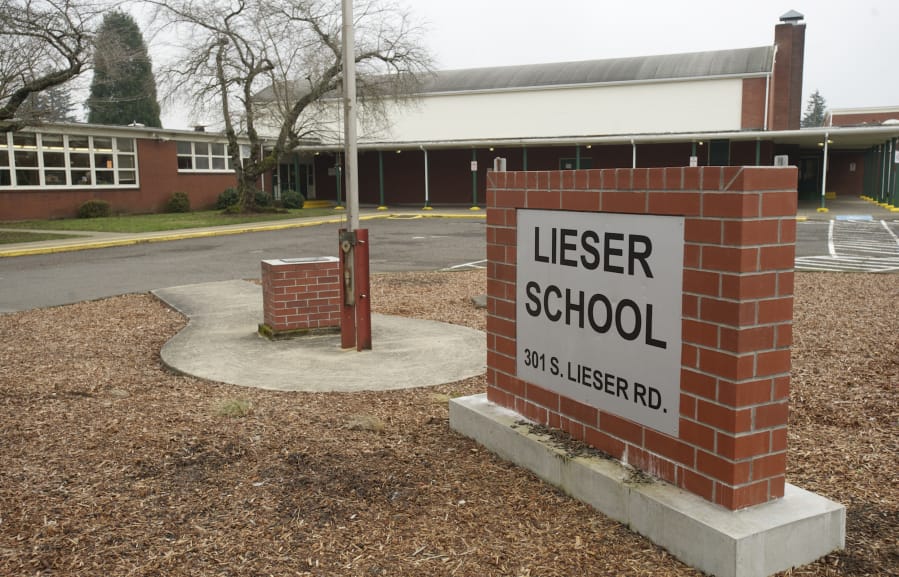Vancouver Public Schools spent much of its spring testing for elevated levels of radon at 36 of its school buildings. Districts records show rooms at six of those schools tested at or above the Environmental Protection Agency’s recommended levels of the radioactive gas.
But it wasn’t until September that the district alerted parents and staff at only two of those campuses — the Lieser Campus and McLoughlin Middle School — that elevated radon levels had been discovered.
Radon is a colorless, odorless gas, and is the natural byproduct of decaying uranium. Parts of Clark County’s soil contain high levels of uranium-laced rocks swept into the region 13,000 years ago by the Missoula Floods.
Exposure to radon gas is the second leading cause of lung cancer in the United States, though far behind cigarette smoking, the leading cause. Smoking causes an estimated 160,000 cancer deaths in the U.S. every year, while radon contributes to about 21,000, according to the Environmental Protection Agency. About 2,900 of those radon-related cancer deaths occur in individuals who have never smoked.
February testing at Vancouver Public Schools showed elevated radon levels at the Gateway to Adult Transition Education program, Hudson’s Bay High School, Lincoln Elementary School and Marshall Elementary School in addition to Lieser and McLoughlin, district records show. And while district officials say efforts immediately began to mitigate radon, in some cases, those elevated levels persisted for weeks.
At the GATE House, for example, two rooms tested in late February at 9.2 and 7.9 picocuries of radon per liter, the measure used for radon. The EPA recommends mitigation action be taken at 4 picocuries per liter or higher. When those rooms were tested again in late March, the levels remained elevated at 8.1 and 6.4 picocuries per liter, respectively.
By May, when a third round of testing was conducted at that campus, radon had declined to safe levels. In most cases, according to district officials, regular ventilation and heating maintenance fixed the problem.
Mick Hoffman, chief operations officer for the district, said the district does not notify families or staff in the midst of testing unless there is an “imminent health and safety issue,” and said spring’s initial test results showed there was no long-term exposure to high levels of radon. The Lieser and McLoughlin campuses, however, required additional ventilation improvements, Hoffman said. That’s why the district notified staff and families of the elevated levels.
“Our research and training regarding radon shows that long-term would be measured in years rather than weeks or days,” Hoffman said. “In addition, imminent would mean that they are in an environment for a prolonged amount of time.”
Tests questioned
Jim Bittner, spokesman for mitigation firm Cascade Radon, said the district is arbitrarily deciding what makes elevated radon levels unsafe.
“Radiation is radiation,” Bittner said. “Bad is bad and more is worse.”
Cascade Radon Operations Manager Tamara Linde further questioned the district’s decision to use short-term tests, which test radon levels over a matter of days as opposed to weeks or months. A longer test would better account for changes in pressure, seasons, air flow and other factors that can affect radon levels.
“Basically with the short-term testing, it’s a quick snapshot in time based on the conditions that exist,” Linde said.
Evergreen Public Schools contracted with Cascade Radon to mitigate elevated levels widespread among that district’s campuses last year. Evergreen alerted families soon after identifying the problem.
Radon testing is not regulated by the state. No laws govern how often public agencies should test their buildings, what mitigation efforts need to be taken or when users of those buildings should be notified.
In 2001, Vancouver Public Schools began testing buildings for radon every five years, but Hoffman said the district this year decided to conduct annual testing. The district will test 20 percent of each building in order to complete an entire cycle of all buildings every five years.




